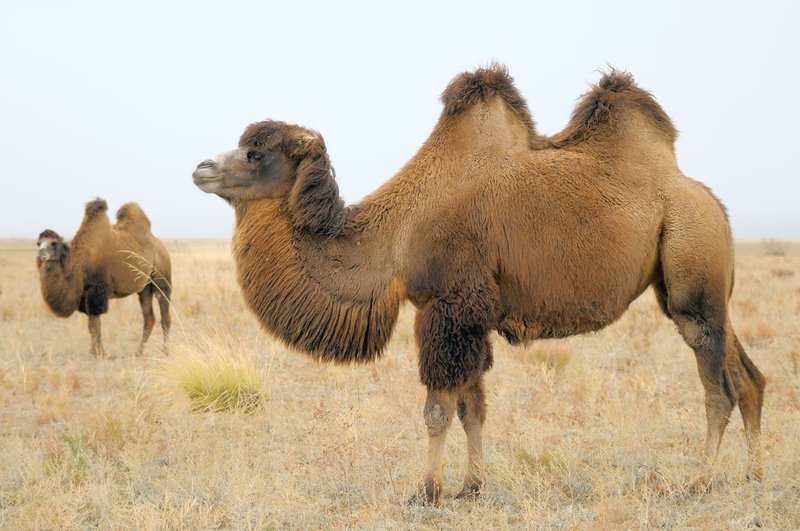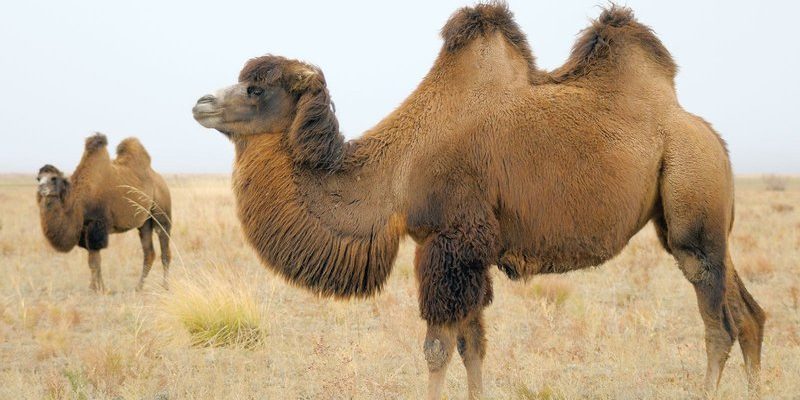
Bactrian camels, known for their two humps, are more than just a mode of transportation in arid regions; they are a prime example of evolution and adaptation. Their bodies have evolved to tackle extreme weather variations, making them fascinating subjects for anyone interested in nature’s ingenuity. So, let’s dive into the different ways Bactrians keep going strong, even in a seemingly unforgiving environment.
Unique Physical Adaptations
Bactrian camels are built like little tanks. Their bodies are uniquely equipped to deal with temperature extremes. In summer, when it can get scorching hot, they can withstand temperatures of up to 120°F (49°C). Conversely, during winter, they can endure frigid conditions dropping as low as -40°F (-40°C). Let me explain how they pull this off.
First and foremost, their humps are not just for show. These humps store fat, which the camels can convert into energy when food is scarce. This adaptation is essential for survival, especially when they roam vast, barren landscapes where food might be rare. By using their body fat, they can live for days, even weeks, without eating. It’s like having an energy reserve they can tap into whenever necessary.
Moreover, their thick fur plays a crucial role. It insulates them from the harsh sun and the biting cold of the night. During the summer months, the outer layer of their fur can reflect sunlight, keeping them cool, while their dense undercoat keeps them warm in winter. It’s a genius way of dressing for the weather, allowing them to thrive in extreme climates without needing to constantly retreat to shelter.
Heat Regulation
Another amazing feature of Bactrian camels is their ability to regulate body temperature. Instead of sweating, which can lead to dehydration, they allow their body temperature to rise by several degrees during the hot part of the day. This helps reduce water loss. You might be wondering, how do they manage to cool down later?
After sundown, Bactrians cool off quickly, allowing their body temperature to return to normal levels. This clever strategy keeps their water supply from dwindling too fast, helping them survive long stretches without direct access to water. It’s like playing it smart with a thermostat; they know when to crank up the heat and when to dial it back down.
Water Conservation Techniques
Water is life, especially in arid environments, and Bactrian camels are masters of conserving it. They can drink up to 30 gallons (about 113 liters) of water in one go, yet they often don’t need to drink for several days afterward. Sounds like magic, right? Here’s the science behind it.
Bactrians have a unique digestive system that enables them to extract moisture from the food they consume. Their diet mainly consists of dry vegetation, which may not seem appealing, but it’s packed with nutrients and enough water for their needs. When food is scarce, they can survive by consuming thorny plants that other animals might avoid. This makes their diet adaptable and helps them thrive in diverse situations.
Additionally, their kidneys are incredibly efficient. They can filter out waste while retaining as much water as possible. When they do drink, they can tolerate saltwater—a feature that allows them to make the most out of whatever water sources are available, even in places where other animals would struggle.
Social Structure and Behavior
Just like us, Bactrian camels have social structures that help them thrive. They often live in groups, which provides protection against predators and makes foraging more efficient. Imagine being part of a team that looks out for each other. It’s essential in the wild!
These camels are known for their strong familial bonds. Mothers are particularly attentive, often nurturing their young and teaching them survival skills. This sense of community is vital, especially when resources are limited. When one camel finds food or water, the others quickly gather, making sharing a group effort.
Moreover, Bactrians communicate with each other through various sounds and body language. These interactions not only strengthen their social ties but also help alert the group to possible dangers, allowing them to respond effectively. Think of it like a well-coordinated team in sports — they work together to survive and thrive.
Adaptation to Human Interaction
With humans living in close proximity, Bactrian camels have also adapted to coexist alongside people. They’ve been domesticated for thousands of years, serving as pack animals and sources of milk and meat. This relationship has helped both species survive and flourish in harsh environments.
Domesticated Bactrians have become vital for communities living in the deserts. They carry goods across vast stretches of land where vehicles can’t travel. Their strength and endurance make them reliable partners for traders and families alike. This partnership highlights how adaptability can bridge the gap between wildlife and human civilization.
Bactrian camels also adjust their temperament when in contact with humans. They tend to be more docile when raised in domestic settings, making them easier to work with. This behavior demonstrates their remarkable ability to adapt not just to climatic conditions but also to social dynamics.
The Role of Bactrians in Their Ecosystem
Bactrian camels play an essential role in their ecosystem. As they roam the deserts, they help with seed dispersal by eating plants and, later, excreting the seeds in new locations. This contributes to the growth of vegetation in areas that might not otherwise support plant life. Think of them as unintentional gardeners, nurturing plant life in settings that are otherwise harsh.
Their grazing habits also help maintain a balance in these ecosystems. By eating certain plants, they prevent overgrowth, which allows a variety of species to thrive. This kind of biodiversity is crucial for maintaining a healthy ecosystem, and Bactrians are a key part of that cycle.
Interestingly, their droppings can create nutrient-rich patches of soil, which fosters the growth of new plants. This is significant in areas where vegetation is sparse, and every bit of greenery counts. In a way, Bactrians are nature’s little helpers, ensuring that life continues in environments that seem inhospitable.
Bactrian camels are truly remarkable creatures. Their unique adaptations—whether it’s their ability to withstand extreme temperatures, conserve water, or thrive in social groups—show how life can not only survive but flourish in harsh environments. They’re not just animals; they’re examples of nature’s resilience and ingenuity.
These camels teach us about survival and adaptability. They remind us that even in the toughest conditions, there’s always a way forward. As we learn more about them, we gain insights into our own capabilities to adapt and thrive in a rapidly changing world. It’s a beautiful lesson wrapped up in the life of a creature that many people may overlook. So, the next time you think of camels, remember the Bactrian and the incredible ways it survives against the odds.

